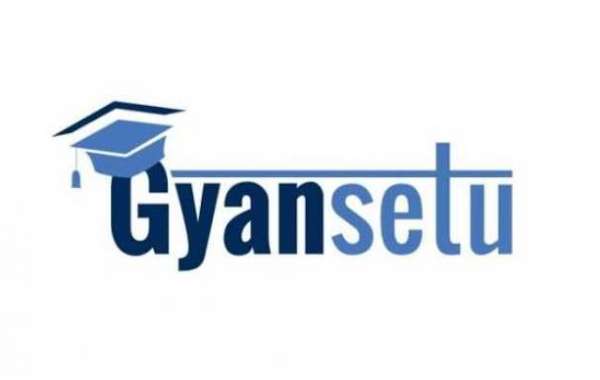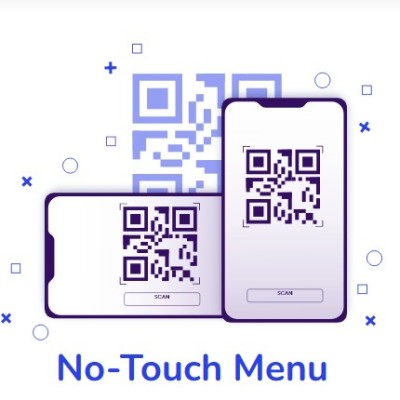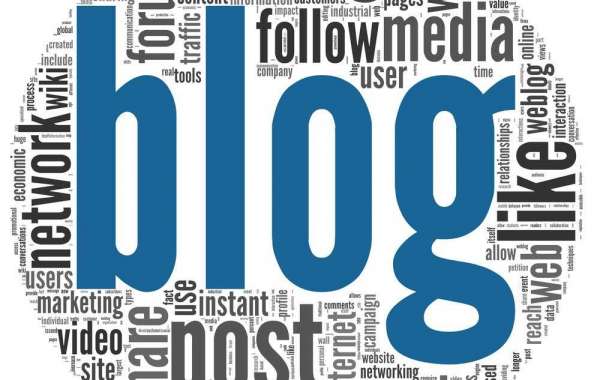The modern workplace has shattered geography. Colleagues collaborate across time zones, managers lead teams theyve never met, and decisions are made through screens rather than handshakes. But heres the paradox: as our ability to connect virtually expands, our capacity to trust seems to shrink. Trust that intangible glue holding teams togetherwas once built in shared spaces: coffee breaks, conference rooms, chance encounters by the printer. Now? Were left with pixels and silence. Yet some teams thrive remotely while others fracture. What separates them isnt technology its intentionality. Building trust without physical presence isnt just possible; when done right, it can forge connections deeper than office small talk ever could.
The Illusion of Presence: Why Video Calls Arent Enough
A camera-on policy doesnt equal trust. In fact, the constant pressure to perform for the screen can erode it. Think about it: when every glance at your phone or pause to think is scrutinized, authenticity vanishes. Real trust forms in the unguarded moments the pre-meeting chatter, the post-call debrief that virtual work often strips away. The solution? Stop trying to replicate the office and start designing for digital. That means creating spaces for unstructured interaction (virtual "water coolers"), normalizing asynchronous communication, and critically embracing vulnerability. When a leader admits on Slack, "Im overwhelmed today," it does more for team cohesion than a hundred perfectly staged Zoom presentations.
This transparency becomes especially crucial when tensions arise. In dispersed teams, conflicts fester invisibly, and misunderstandings metastasize without body language to soften them. Thats where Workplace Investigationstake on new complexity. Traditional HR processes rely heavily on in-person cues a trembling voice, defensive posture that vanish digitally. Remote investigations demand hyper-clarity: documented timelines, explicit expectations, and overcommunication at every step. The goal shifts from "catching" someone to reconstructing context across digital breadcrumbs. When handled well, these processes can actually strengthen trust by proving fairness survives distance.
The Trust Accelerators: Small Actions With Compound Interest
Trust isnt built in grand gestures but in consistent micro-behaviors. Consider:
Predictability Over Charisma:In remote work, delivering on promises matters more than charm. When a manager consistently follows throughsending that recap email exactly when promised, starting and ending meetings on timeteam members subconsciously relax. They stop mentally accounting for potential letdowns.
Radical Documentation:Office culture thrives on implied knowledge; remote work dies by it. Teams that publicly document decisions (not just what was decided but why) prevent the suspicion that festers when people feel out of the loop. A shared wiki can build more trust than a year of team-building exercises.
Intentional Overlap:The magic hours when time zones slightly overlap become trust incubators. Wise teams protect these windows for real-time collaboration, preserving the rest for deep work. Its about quality, not constant availability.
These practices take on life-or-death importance duringWorkplace Investigations. Remote teams cant rely on "everyone knows" informal normswhats obvious in an office becomes ambiguous across Slack channels. Clear, searchable policies (e.g., "All salary discussions must happen in #payroll, never in DMs") create investigative guardrails. When issues arise, investigators can reference these digital trails rather than relying on hearsay. The process feels less like an inquisition and more like reviewing a playbook everyone agreed to.
The Vulnerability Equation: Sharing Just Enough
Oversharing drains. Undersharing isolates. The remote trust sweet spot lies in calculated vulnerabilitydisclosures that humanize without burdening. A sales director sharing a screenshot of their messy home office ("My executive decor includes Legos and laundry") invites connection. That same director detailing their divorce proceedings crosses lines. The litmus test: Does this revelation help others feel safe to be themselves, or does it demand emotional labor from the team?
This balance becomes critical duringWorkplace Investigations. Remote settings amplify perceptions of unfairnesswithout casual hallway interactions, people imagine the worst. Investigators can counter this by being transparent about the process ("Heres what to expect each step") while fiercely protecting privacy on details. One tech company revolutionized trust by giving investigated employees access to their entire case file (with redactions) post-resolution. Radical transparency proved more effective than vague assurances.
The Digital Body Language Revolution
Weve all felt the sting of a period where an exclamation point should be. Remote communication isnt just wordsits punctuation, emoji, response times. These nuances form a new literacy:
Response Tiers:A thumbs-up emoji within minutes signals receipt; a full reply within 24 hours shows respect. Savvy teams define these norms explicitly.
The Power of the Pause:In physical offices, walking to someones desk created natural buffers. Digital equivalentsscheduling send times for non-urgent messages, using "Draft Mode" in shared docsprevent overwhelm.
Voice Notes as Trust Bridges:Sometimes, tone matters more than efficiency. A 90-second voice message can convey nuance that twenty Slack messages obliterate.
These unspoken rules become forensic evidence duringWorkplace Investigations. A harassment case might hinge on whether heart emojis were cultural norms or predatory grooming. Investigators must become anthropologists of digital subcultures, mapping how teams developed their unique communication fingerprints.
Ending thoughts: Trust Is a Choice, Not a Location
The future of work isnt about returning to offices or committing to remote its about decoupling trust from geography. The highest-performing distributed teams share a mindset: they assume positive intent but verify through systems. They design for the worst-case scenario (hence rigorousWorkplace Investigations) while expecting the best from people. Most importantly, they understand that virtual trust isnt weakerjust different. It trades spontaneous coffee runs for deliberate check-ins, watercooler gossip for documented feedback, and managerial visibility for unimpeachable reliability.
When executed with intention, remote teams can achieve something office-bound groups rarely do: trust thats not based on familiarity, but on earned respect. And in a world where talent is global, thats not just nice its necessary. The organizations that master this will attract those who value autonomy over attendance, results over face time. Because real trust isnt built in chairs its built in choices.












